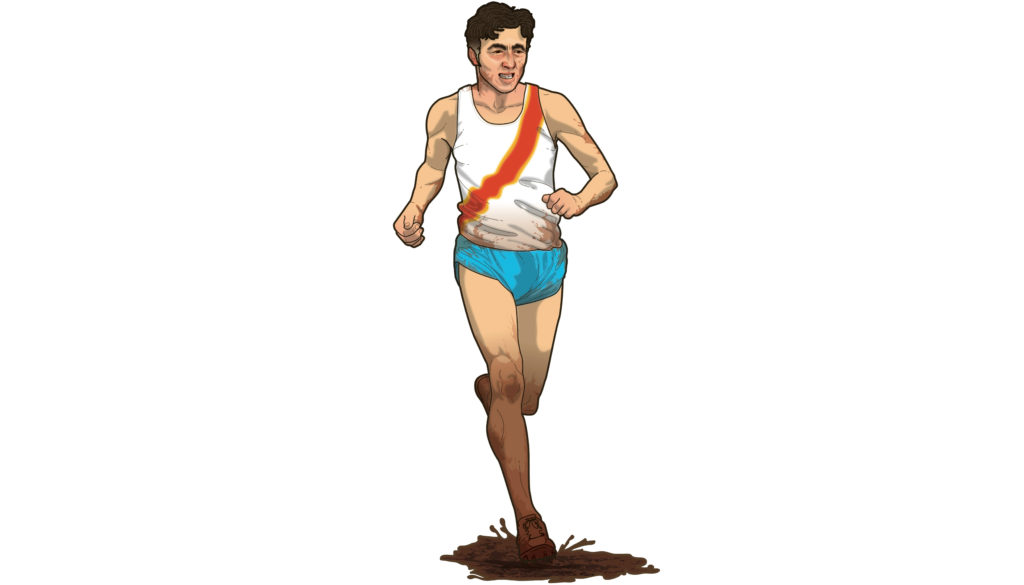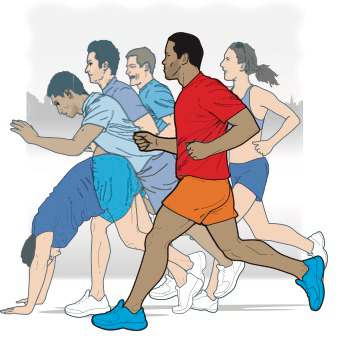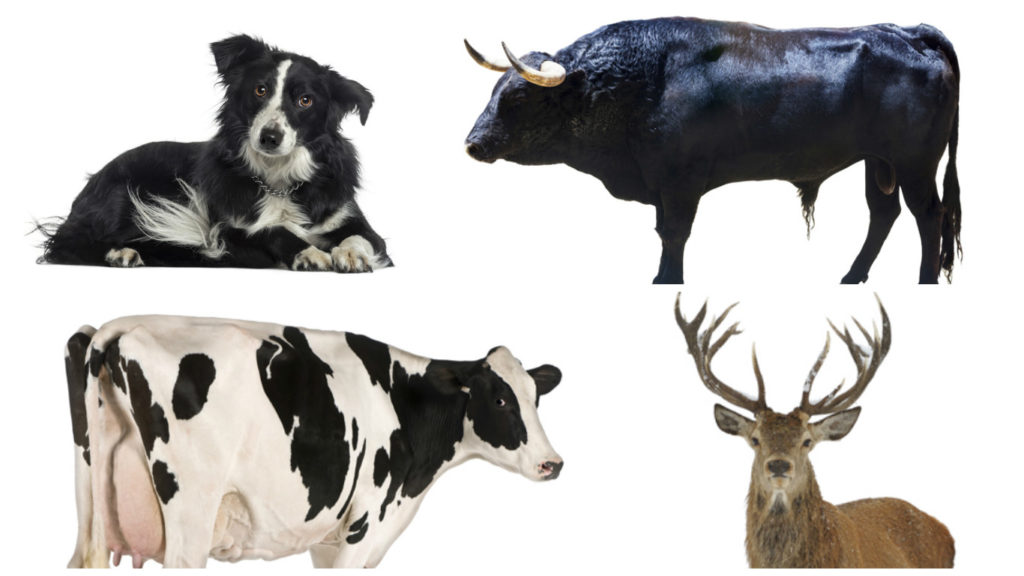
A few years ago, Men’s Running’s editorial director, David Castle, was out running in the fields around Tunbridge Wells. Suddenly, he saw a woolly silhouette rushing towards him. Before he had time to react, he was knocked off his feet by an angry ram. Seconds later, the ram butted him again, the force of its blow breaking one of his ribs. It was only thanks to the bravery of two passersby, who diverted the ram’s attentions by screaming and shouting, that David was able to beat a retreat.
It’s a story that now elicits a certain amount (lots) of muted (audible) laughter from his colleagues. But animal attacks are a serious issue. Every year, dozens of runners and walkers in the UK are injured or killed by rampaging wildlife.
Janet Davis, senior policy office at the Ramblers Association, says: “There’s nothing nicer than taking a stroll in the countryside, but there are a few things that you need to by mindful of when out in the countryside.”
To help you enjoy an incident-free run in the countryside, we’ve provided a profile of five common animals you’re like to encounter in the UK’s fields, parks and meadows – and how to avoid incurring their wrath.
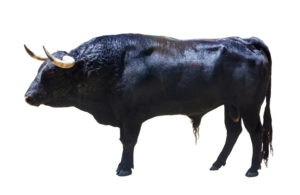
Bull
The most dangerous of all the farmyard animals, bulls are big, bad tempered and best avoided by any runner with designs on keeping all his vital organs. Bulls over 10 months old are kept away from fields that have a public right of way. However, bull attacks still occur and the animals should be treated with the utmost caution.
Where you’ll find them
In fields and pastures across the UK, usually situated close to farms. All fields with bulls that are over 10 months old should be clearly signposted.
Warning signs
The broadside display (in which the bull faces you side on, showing how big it is). This is often followed by the bull facing you head-on, pawing with its forefeet and horning the ground.
Dangerous times of the year
Bulls should be treated with the utmost caution all year round
How to avoid an attack
If you find yourself in the same field as a bull, try to locate the nearest exit. Back away slowly, facing the bull at all times. If a bull charges at you and your close to a fence or stile, head for it immediately. Alternatively, if there’s a tree nearby, you can climb your way to safety. If you have a dog with you, let it off the lead.
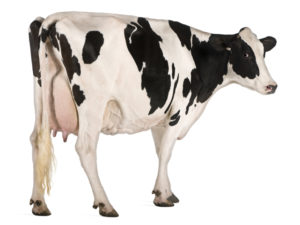
Cow
Ah, the docile cow. Milk provider to the masses, sacred creature to the Hindus. Nothing to worry about here, right? Wrong. If a cow’s got beef with you, you’re in a lot of trouble.
Where you’ll find them
In the fields and meadows of Britain.
Warning signs
If cows come towards you as a group, they may just be curious. Remain calm and continue walking on quietly and quickly. Do not run or make any sudden movements.
Dangerous times of the year
Cows are most likely to attack in the spring and summer months, when they’re looking after their calves.
How to avoid an attack
It’s often dogs that cows are trying to scare off when they charge, so if you are a dog owner, make sure you keep your four-legged friend on a leash when walking through a field of cows. However, should a cow charge you, let your dog off the lead. A dog will outrun a charging cow – and you.
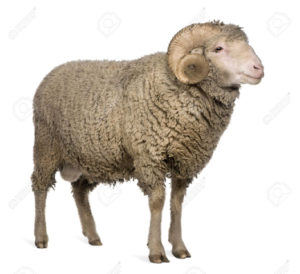
Ram
Rams enjoy nothing more than, well, ramming. Strong, surprisingly heavy and incredibly determined, rams can cause serious injury or even death.
Where you’ll find them
Rams are present on sheep farms around the UK
Warning signs
If a ram stares at you directly and gives out a “baa”, it’s likely he’s preparing for a charge.
Dangerous times of the year
Rams are most likely to attack during breeding season, between September and November, when he sees you as a potential rival to his ewes.
How to avoid an attack
The best way to avoid a ram attack is to not get anywhere near it in the first place. Don’t enter fields or paddocks in which a ram might be present, particularly during breeding season. But if you do encounter a ram, do not turn your back on it. Back away slowly and try to locate an easy exit.
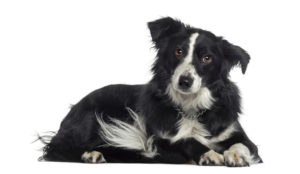
Dog
Man’s best friend can also be a runner’s worst enemy. Quick, powerful and aggressive, big dogs can leave you with more than a nasty nip, so it pays to be extra vigilant around these four-legged creatures.
Where you’ll find them
Cities, parks, fields – literally anywhere
Warning signs
Any dog snarling, growling and baring its teeth should be treated with caution
Dangerous times of the year
Dogs should be treated with caution throughout the year
How to approach them
If you sense that a dog may be aggressive, give them a wide birth. Do not run – running away can awaken the dog’s prey instinct to chase and catch animals
What to do if they attack
Make yourself rigid and motionless. Do not wave your arms around or kick with your legs – the dog may perceive these actions as threatening. And do not make eye contact, since that could also cause the dog to lunge.

Deer
Forget what you know about Bambi. Deer can be dangerous creatures, and an attack from one of them is no laughing matter
Where you’ll find them
In parks and rural areas across the UK
Warning signs
If a deer approaches you or makes a loud noise in your directions, this could be a sign of an imminent
Dangerous times of the year
During ‘the rut’ – from late September to early November – when stags set about fighting each other in order to establish themselves as alpha males
How to avoid an attack
By and large, people are too inquisitive about deer, getting far too close to them and underestimating their danger factor. Give them a wide birth. If you are attacked, climbing a tree is your safest bet. Better still, is not being there in the first place.





